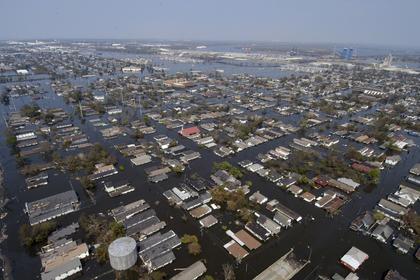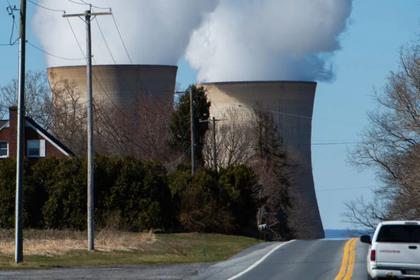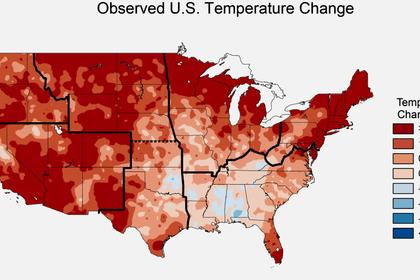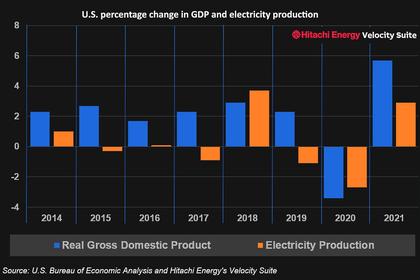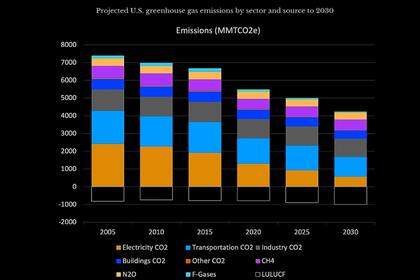
U.S. NUCLEAR BAILOUT $6 BLN
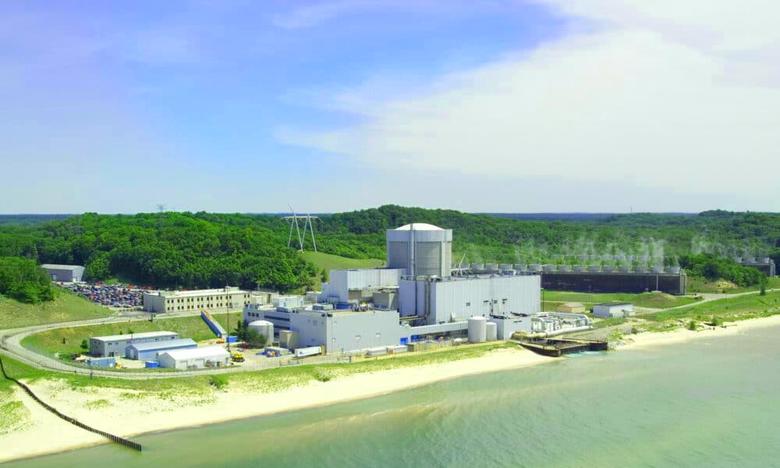
By CHRISTOPHER NEELY Independent Local News Organization
ENERGYCENTRAL - May 4, 2022 - Although it has accounted for about 20% of the U.S. energy portfolio for more than 40 years—a carbon-free 20% at that—nuclear power has experienced a fluctuating arc in the hearts and minds of Americans. Yet, a renaissance appears underway and the U.S. government now says that its's nuclear power fleet, the largest of any in the world, is worth saving.
In mid-April, the bidding process for a new $6 billion pot of nuclear bailout money opened up. The money, wrapped into the government's infrastructure spending plan, will target in its first phase nuclear plants that are facing closure due to economic pressures. Since 2013, 12 nuclear reactors have shut down, many of which have fallen for economic reasons—located in a competitive natural gas and/or renewable electricity market, where the other products on the shelf are much cheaper, leaving the expensive nuclear plants to buckle under the weight of its own bottom line.
This first phase will likely target nuclear plants such as Byron 1 & 2, and Dresden 2 & 3—both in Illinois—as well as the Palisades plant in Michigan. The Diablo Canyon nuclear reactors along California's coast will, at this time, remain on track to close, since the closure is the result of an agreement with environmental groups to shut down the plant and replace it with more renewable resources. Of course, that fate is subject to change, but it would be a heavy lift.
Surprisingly, economic pressure, more than political, appears to be the death knell for many nuclear reactors in this modern energy world and it has been clear, for some time, that governments would need to step in with subsidies if nuclear were to remain a carbon-free player in the U.S. energy portfolio. Six states have stepped in recently to help, through subsidies, save nuclear power reactors within their borders. Connecticut, New Jersey, New York, Connecticut, Pennsylvania, Illinois and Ohio have each offered hundreds of millions of dollars in tax subsidies to keep their reactors afloat. However, many of these agreements are short-term, and it appears likely that nuclear reactors may need federal or regional power purchase agreements if they are to remain a feasible player.
Although it is not political pressure that has resulted in the rapid closure of nuclear plants over the last decade, political pressure could be what saves further closures. The country has developed a strong portfolio of renewable energy and, last year, renewable generation surpassed nuclear generation. But with battery storage still in its nascent stages and solar and wind offering volatile help—especially with a sub-par interstate transmission system that cannot yet get the renewable energy to where it's needed most—the U.S. is not going to reach its carbon emissions goals without some firm, carbon-free resources like nuclear.
Countries are going to have to ask themselves what is more important—a future that runs mostly on solar and wind, or a future where we are significantly slashing our carbon emissions. The two goals are not necessarily different, but we need to cut carbon emissions much sooner than we are going to be able to achieve a future that runs largely on solar and wind. Investing in firm carbon-free resources like nuclear, at this time seems to be a positive use of taxpayer dollars and something we should expect to see more of if we are going to get off fossil fuels.
-----
This thought leadership article was originally shared with Energy Central's Generation Professionals Group. The communities are a place where professionals in the power industry can share, learn and connect in a collaborative environment. Join the Generation Professionals Community today and learn from others who work in the industry.
Earlier:
